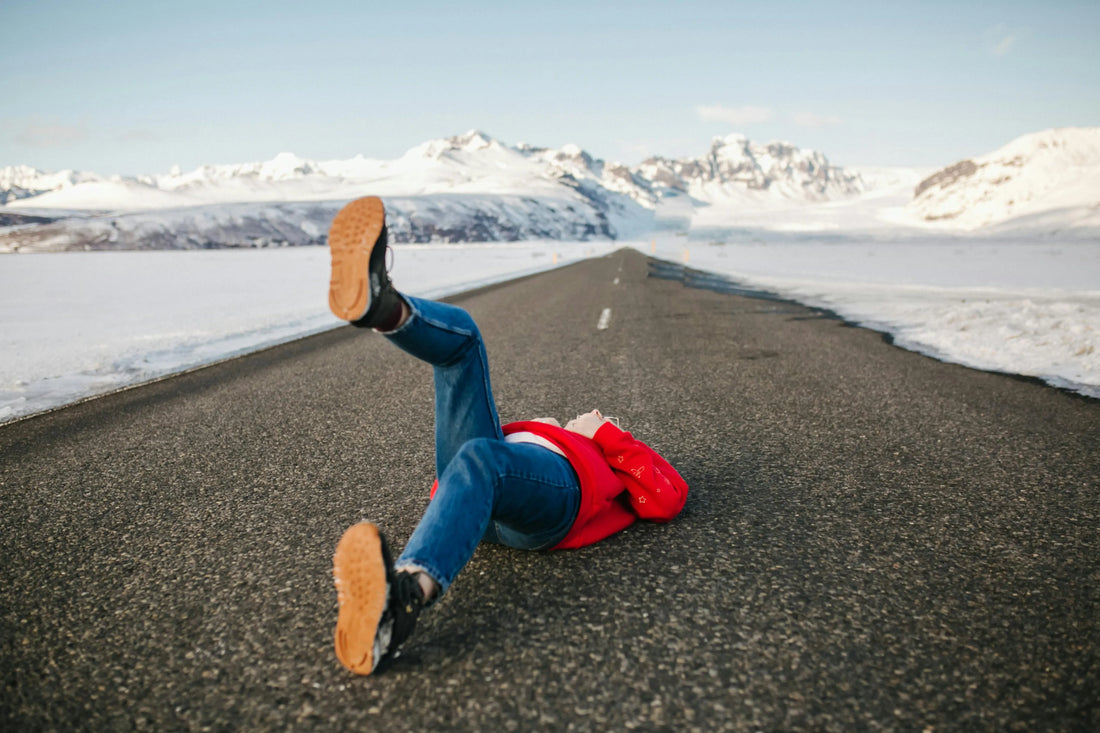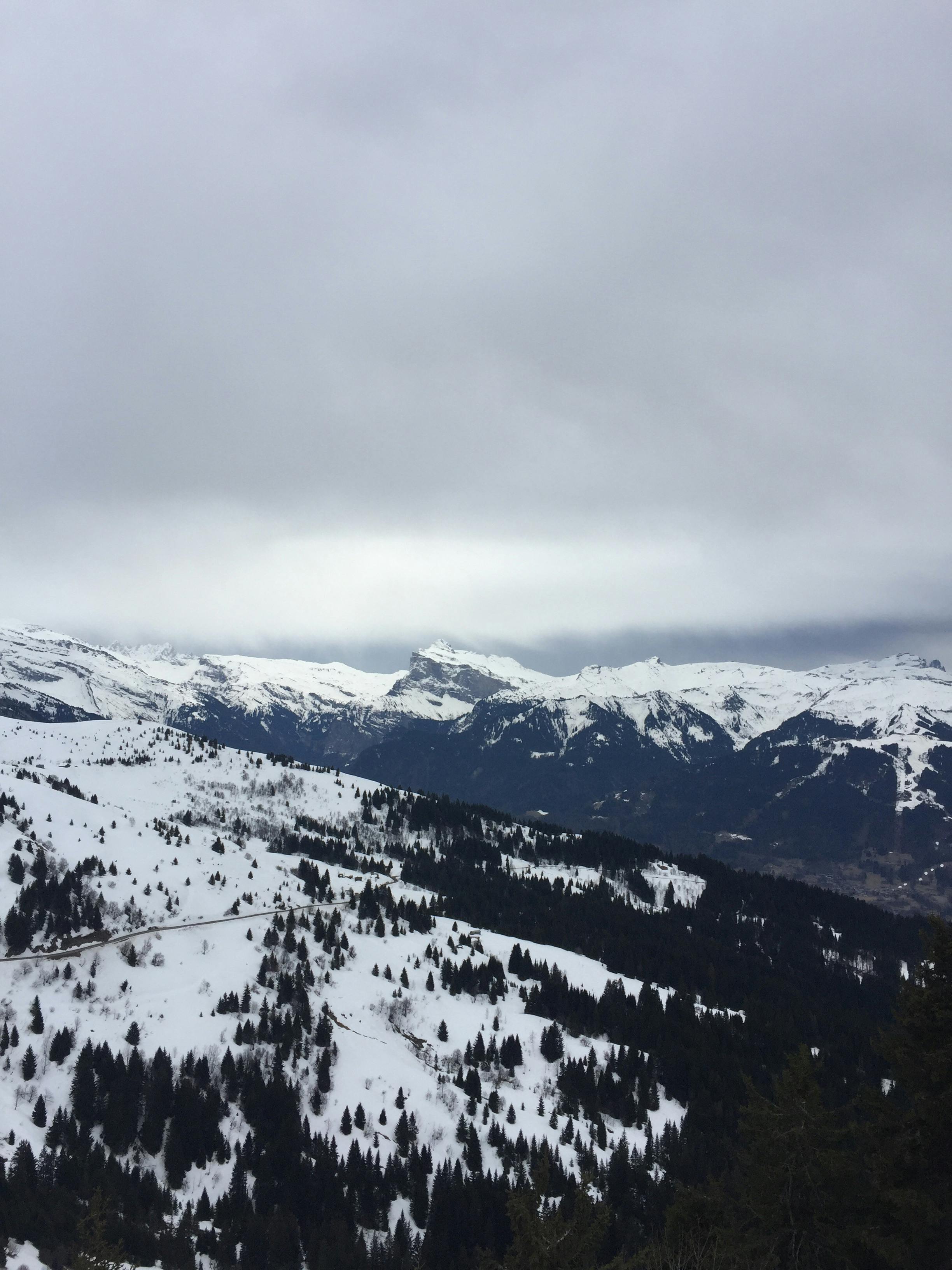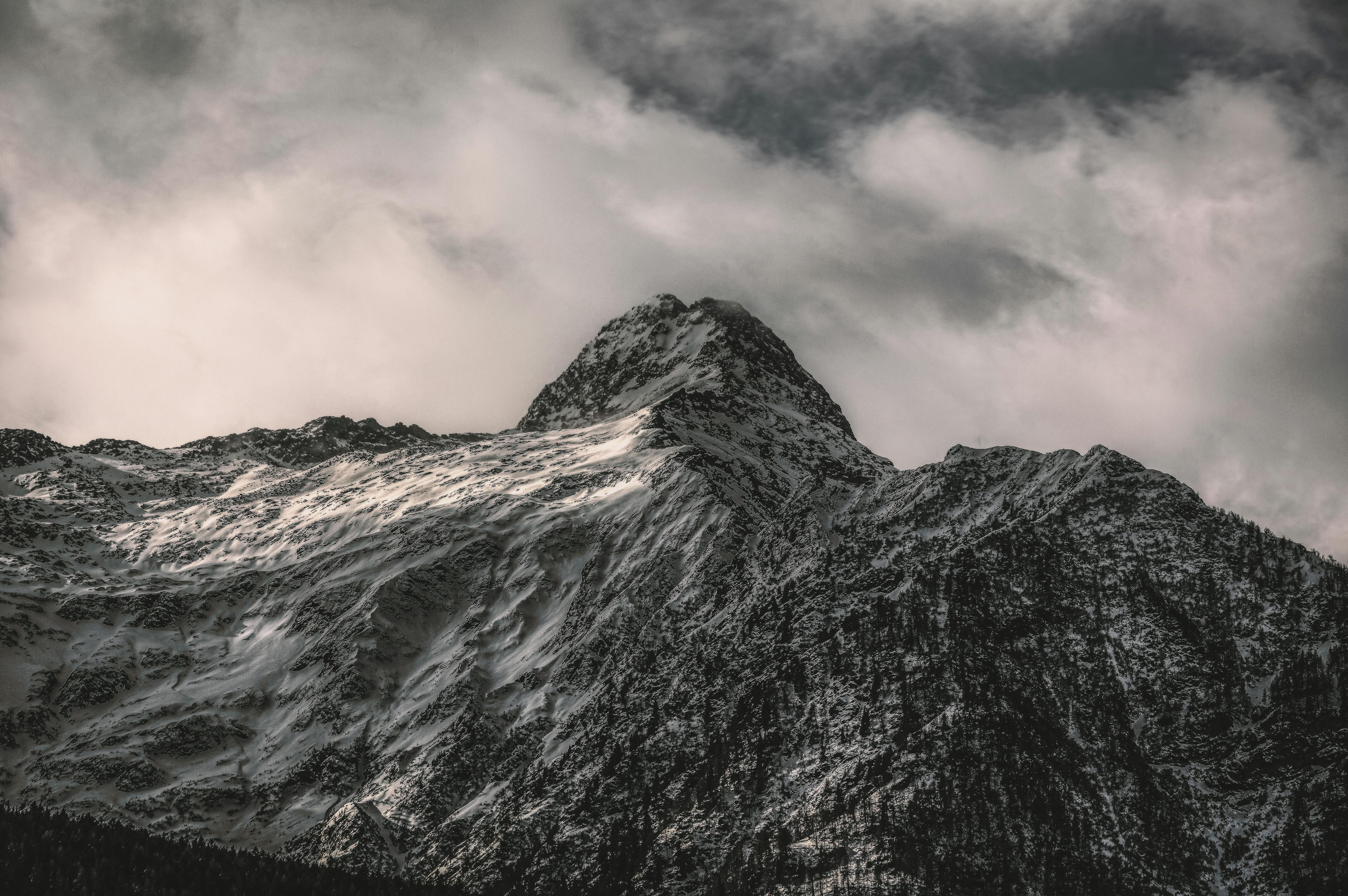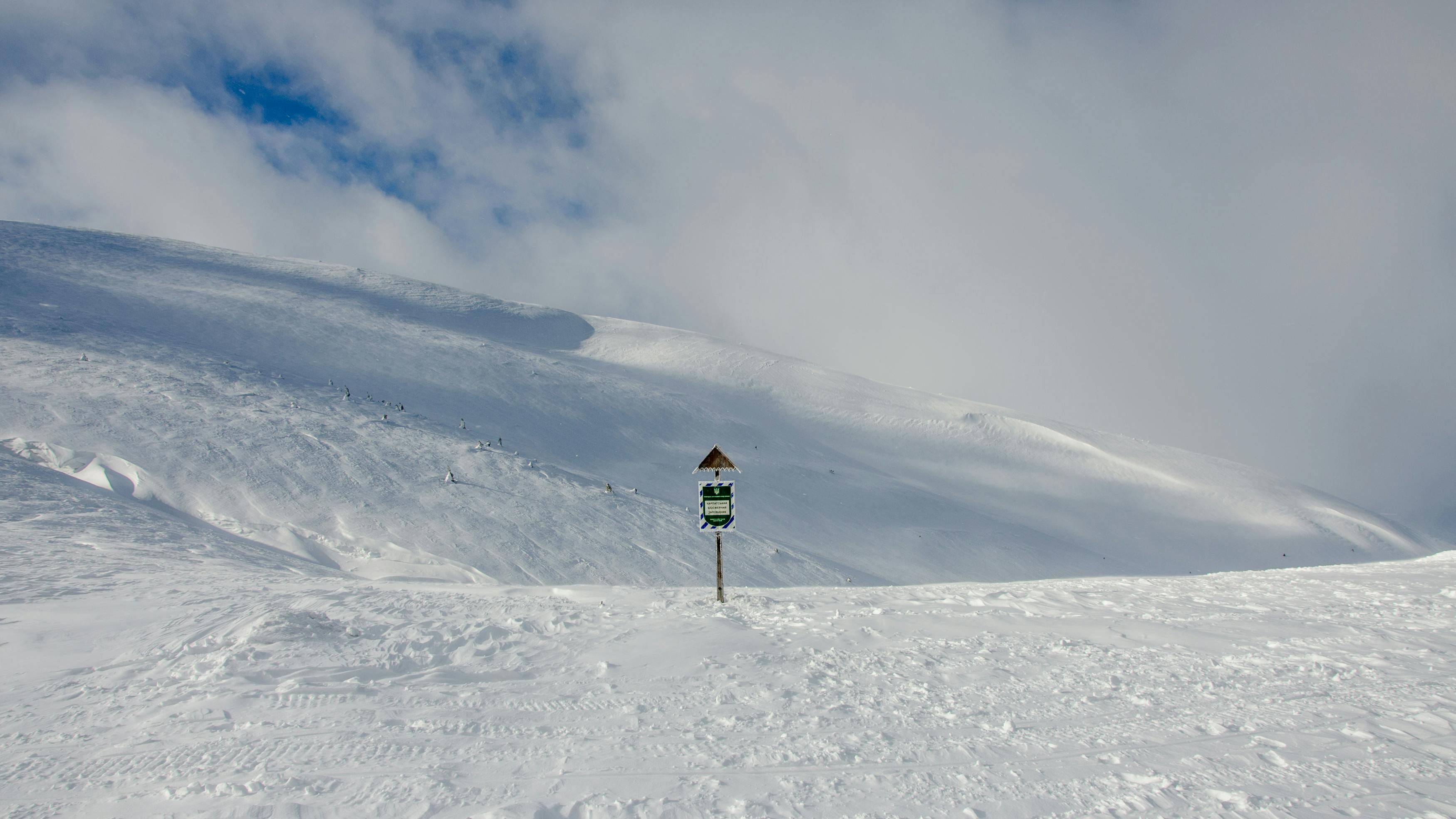
Why Is My Vision Blurry After Skiing? Lessons from the Slopes in 2025
There’s something magical about standing at the top of a mountain, surrounded by a sea of glistening snow under a sky so vivid it feels infinite. I experienced that magic again recently—a perfect winter morning, skis strapped on tight and an eager anticipation bubbling in my chest. Everything about the day screamed adventure. But what unfolded wasn’t just another exhilarating ski run. It was a lesson in vision, resilience, and solving a problem that many skiers face but rarely talk about—blurry vision after skiing.
A Blurred Beginning on a Perfect Day
I launched myself down the slope with the confidence that comes from years of skiing—a familiar rush of wind against my face, the hum of skis slicing through snow. The rhythm of carving turns, the crisp mountain air, and the sheer freedom of it all—it was a skier’s dream. But as I reached the bottom, that dream suddenly turned disorienting.
It hit me all at once. My vision—so sharp seconds ago—had turned blurry. At first, I chalked it up to the glare of sunlight bouncing off the snow or maybe a momentary lapse in focus from the speed. But the blur lingered. Not being able to see the slopes as clearly as I usually could tugged at my confidence—and frankly, my sense of safety.
I slowed down, rubbed my eyes, and tried to refocus. No luck. In that moment, panic started creeping in—a sensation I’m not accustomed to experiencing on the mountain. Skiing, after all, is about trust: trust in yourself, your instincts, and your equipment. With compromised vision, any skier—beginner or professional—might feel vulnerable.

Understanding the Problem: Why Vision Gets Blurry After Skiing
Back at the lodge, I began piecing together the situation. Several possible culprits came to mind, each of them things skiers, especially those who wear prescription glasses or goggles, may experience:
1. Fogging from Temperature Changes: Skiing is an intense physical activity in a cold, humid environment. Transitioning from the chill of the slopes to the warmth of the lodge often causes goggles to fog up. Fogging not only blurs your vision but distracts you from focusing on the trail ahead—a risky trade-off.
2. Improper Prescription Glasses Setup: Skiers who wear prescription glasses under their goggles face the additional challenge of fit and stability. Glasses often shift or press against the face awkwardly, obstructing peripheral vision. Worse, they can fog up beneath the goggles and cause eye strain.
3. Optical Fatigue: Sustained exposure to snow glare combined with improper eye protection can lead to temporary visual imbalances or eye fatigue, leaving your vision hazy by the end of the day.
4. Lack of Proper Eyewear: For skiers who don’t wear glasses but experience blurry vision, altitude glare or UV damage can harm their eyes. Snow reflects as much as 80% of sunlight, and without suitable eyewear, the bright glare alone can strain your vision.
Clearly, blurry vision wasn’t just another mishap on the slopes—it was a common pain point that many skiers silently endure. As I reflected on the experience, my thoughts turned to solutions. Years of skiing—and my role as a ski advisor and brand ambassador for Overo Glasses—positioned me perfectly to find answers. And luckily, there’s a fix for this challenge that can transform your entire skiing experience.

The Game-Changer: Prescription Ski Goggles Inserts by Overo
Alleviating blurry vision isn’t just about prevention—it’s about owning the right tools. This is where Overo Prescription Ski Goggles Inserts entered the story.
When I first tried these inserts, everything clicked—literally and figuratively. Unlike conventional setups (wearing prescription glasses under your goggles, for instance), these inserts integrate seamlessly into any ski goggle, revolutionizing the way prescription-eyewear users experience skiing.
1. Unmatched Clarity with Customized Optics
Each Overo insert is individually crafted to match your prescription details, ensuring no compromise in focus and accuracy. Imagine skiing without worrying about blurry edges or constant adjustments. Just clear, uninterrupted vision from the first jump to the last turn.
2. Anti-Fog Coating for All-Weather Perfection
The biggest breakthrough? Overo’s military-grade anti-fog coating technology. This wasn’t just a random feature I read about. I tested it on back-to-back powder days in wildly different conditions—blizzards, sunshine, intense humidity—and not once did I need to wipe the lenses. Finally, I could ski without the constant interruptions fogging goggles can cause.
3. Stable Fit You Can Rely On
Traditional prescription glasses clash with goggles, causing discomfort and poor fit. Overo’s design eliminates that entirely. The snug, stable fit means your lenses stay in place even during intense motion—whether you’re carving into black diamonds or launching off a terrain park kicker.
4. Environmentally Responsible Design
As an outdoor lover, sustainability matters to me just as much as performance does. Overo uses recyclable materials throughout their high-performance frames. It’s rare and commendable to see eco-conscious technology merging so effectively with quality craftsmanship.
5. Universal Compatibility
With meticulously engineered interfaces, Overo clips into virtually any mainstream ski goggle brand—and trust me, I’ve tested plenty of goggles over the years. Whether you’re someone who just upgraded to the coolest goggles on the market or are holding onto an older favorite, the inserts won’t require you to overhaul your gear.
At $119.99, they’re an investment in safety, convenience, and enjoyment—traits I’ve come to value over my decades in this sport.

Skiing Smarter: Solving a Widespread Problem for 2025
If you’ve ever experienced blurry vision on the slopes, you know it’s not just an inconvenience—it’s dangerous. Whether you’re dodging moguls, riding through tree lines, or cruising wide groomed runs, split-second reactions are crucial. Clear vision isn’t optional; it’s essential.
Reflecting on that day, I gained perspective not just as a skier but as someone here to help others navigate similar challenges. Blurry vision on the slopes doesn’t have to be a recurring problem. Prescription technology like Overo’s ski goggle inserts offers a simple, elegant solution that empowers skiers, ensuring clear vision so you can focus on what really matters—enjoying every exhilarating moment.
Having faced blurry vision firsthand, the concept of avoiding such obstacles altogether has never been clearer to me. In 2025, the technology exists to ensure no skier has to compromise between visibility and performance.

A Final Note on Adventure and Safety
Look, as someone who’s spent his life immersed in skiing’s thrill—whether through instructing beginners, dropping into a competition run, or sharing epic stories with fellow enthusiasts—my advice is to embrace the unknown. But when it comes to the basics, like protecting your vision, preparation makes all the difference.
Skiing isn’t just a sport; it’s a lifestyle. It’s about chasing breathtaking views, finding exhilaration in motion, and connecting with nature—and technology like Overo Prescription Ski Goggles Inserts helps you do all of that without limitations.
So, the next time your vision falters or fogging feels inevitable, don’t panic. Lean into the solutions we now have. I couldn’t imagine skiing today without the clarity and confidence Overo brings. Because every skier deserves the chance to enjoy the slopes to their fullest—blurry-free.
Frequently Asked Questions
Why does my vision get blurry after skiing?
Blurry vision after skiing can be caused by several factors such as fogging from temperature changes, improper prescription glasses setup, optical fatigue, or a lack of proper eyewear to protect against snow glare and UV damage.
What is the best way to prevent fogging in ski goggles?
Using goggles or inserts with anti-fog technology, like Overo Prescription Ski Goggles Inserts, can significantly reduce fogging. These inserts feature military-grade anti-fog coatings that perform exceptionally well in various weather conditions.
Can I use Overo Prescription Ski Goggles Inserts with any goggles?
Yes! Overo inserts are designed to be universally compatible, clipping into most mainstream ski goggle brands with ease without requiring additional modifications.
Are Overo inserts worth the investment?
At $119.99, Overo Prescription Ski Goggles Inserts provide superior clarity, a stable fit, anti-fog performance, and eco-conscious design—all of which enhance the safety and enjoyment of skiing. They are a valuable investment for skiers needing prescription eyewear.
How does snow glare impact vision?
Snow reflects up to 80% of sunlight, which can lead to eye strain, fatigue, and blurry vision if not properly protected with UV-blocking eyewear.
References
- 6 Winter Eye Wellness Tips - Insights on protecting your eyes during winter activities.
- Should You Wear Sunglasses in Winter? - Benefits of UV protection for your eyes in snowy conditions.
- Pinguecula: Eye Condition and Prevention - Learn about eye health concerns connected to UV exposure.
- How to Protect Your Vision from Winter Irritation - Tips to avoid dry eyes and ensure seasonal eye care.
- Overo Optic Instagram Reel - A quick overview of Overo's innovative goggle inserts.




